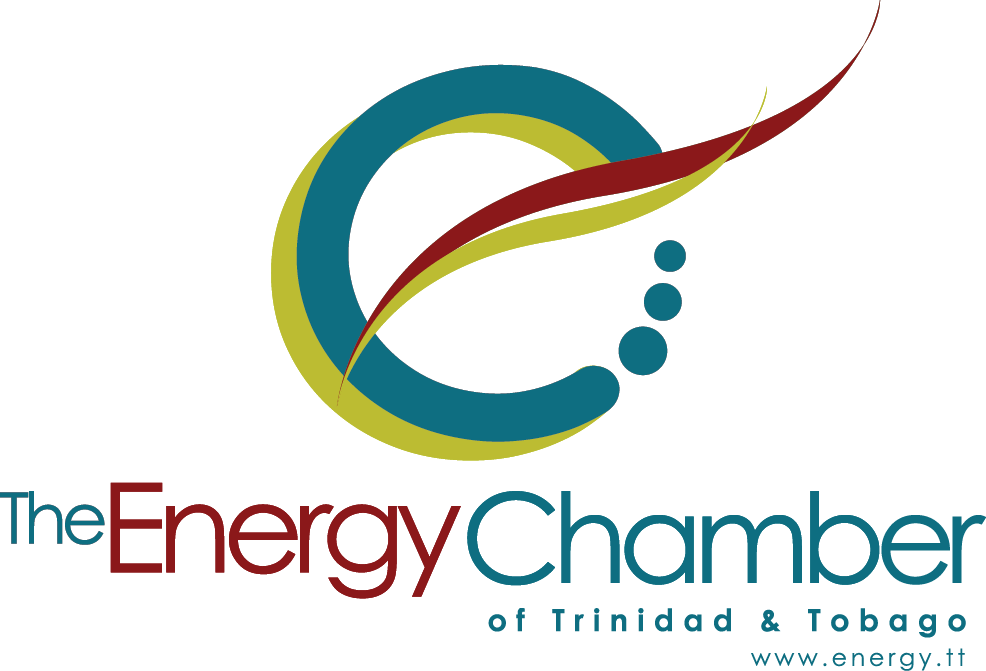Last week, Chevron announced that it completed the acquisition of Hess Corporation. A major hiccup for the acquisition was overcome after winning a landmark legal battle against larger rival ExxonMobil. The arbitration case was centered on Hess's 30 percent interest in the Stabroek Block, offshore Guyana where Exxon holds 45 percent and is the operator of the block while CNOOC holds 25 percent.
After successfully winning the arbitration and completed the acquisition, Chevron has now entered the hugely lucrative and exciting Guyana oil and sector as a non-operator partner in the block.
Chevron said, the combined company has one of the most advantaged and differentiated portfolios in the industry, with leading positions in critical energy markets around the world and a high cash margin production profile.
The transaction is reportedly worth USD$53billion.
Chevron's entry into Guyana means that the company now has assets in three countries in the region, with a long-term presence in Venezuela and more recent activities in Suriname.
Chevron has been one of Venezuela's major oil producers for many decades, operating joint venture companies both onshore and offshore. Since the US Government revoked its OFAC license earlier this year, Chevron has been prevented from operate its oilfields but can maintain the assets. Chevron is maintaining its staff and hopes that it will in the future be able to produce oil and gas in Venezuela.
Chevron also held licenses in the Venezuela's gas rich Plataforma Deltana offshore region off Trinidad's southeast coast. The current status of these licenses is unclear, but Chevron did have a license for block 2 that contains the Loran field. This is part of a single cross-border field along the maritime border of Venezuela and Trinidad and Tobago known as Loran - Manatee. Shell holds the controlling interest on the Trinidad side (Manatee) of the field. Shell purchased Chevron's interests in Trinidad in 2017 giving it one hundred percent ownership and is currently developing this field with first gas expected in 2027.
In Suriname, Chevron has indicated their intention to engage in exploration activities this year in Block 5. Chevron’s partners in Suriname include QatarEnergy International and Paradise Oil. Together, they hold a production sharing contract with Suriname's national oil company Staatsolie. The company has stated that the Korikori-01 well would be drilled in the northern part of their acreage in water depths of 38m, some 78km off the coast. Chevron plans to use the Noble Regina Allen rig for this campaign.
Reuters reported that “Chevron CEO Mike Wirth's strategy to turn around his company's lagging performance hinged on the acquisition, one of the largest energy deals in the past decade. The prize is a stake in the prolific Stabroek Block off the coast of Guyana”. While Guyana is central to Chevron's ambitions the potential of other territories in the region remains. It is unclear if Trinidad & Tobago plays any role in Chevron's plans, but the companies interest in the wider region are growing.

